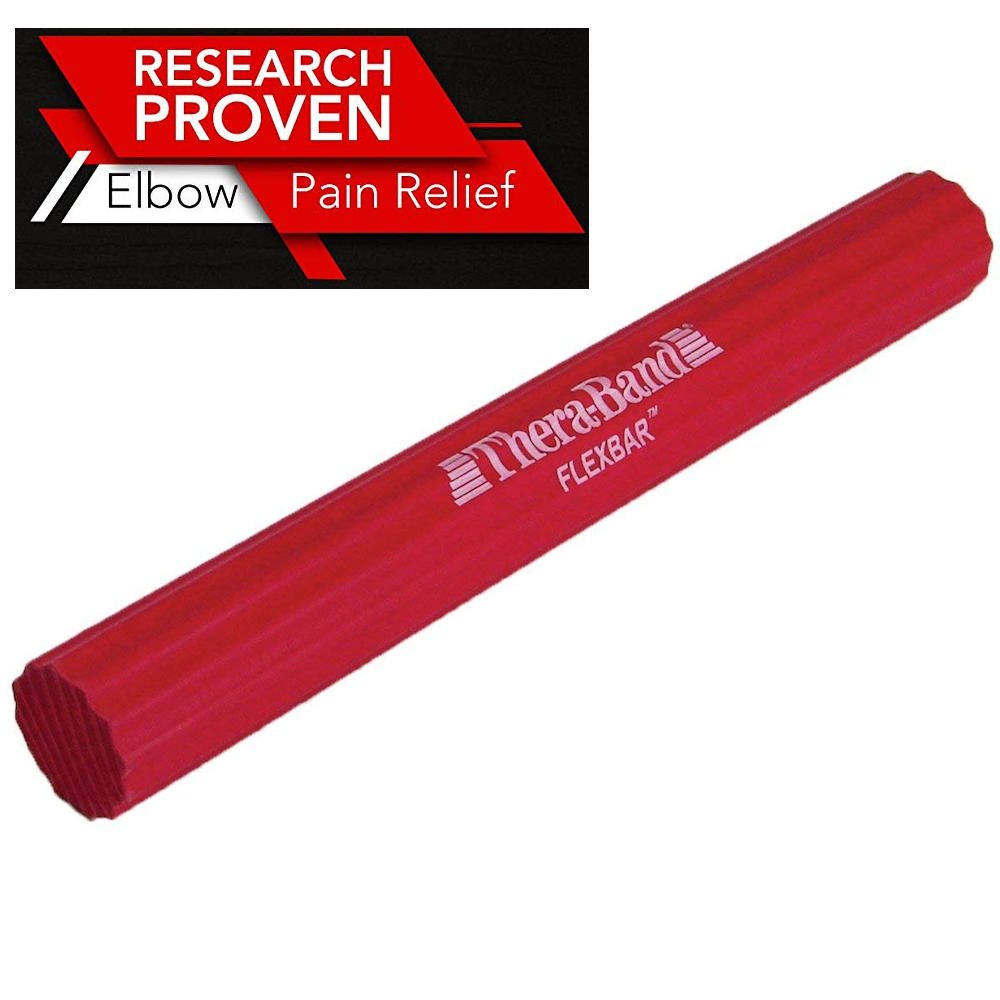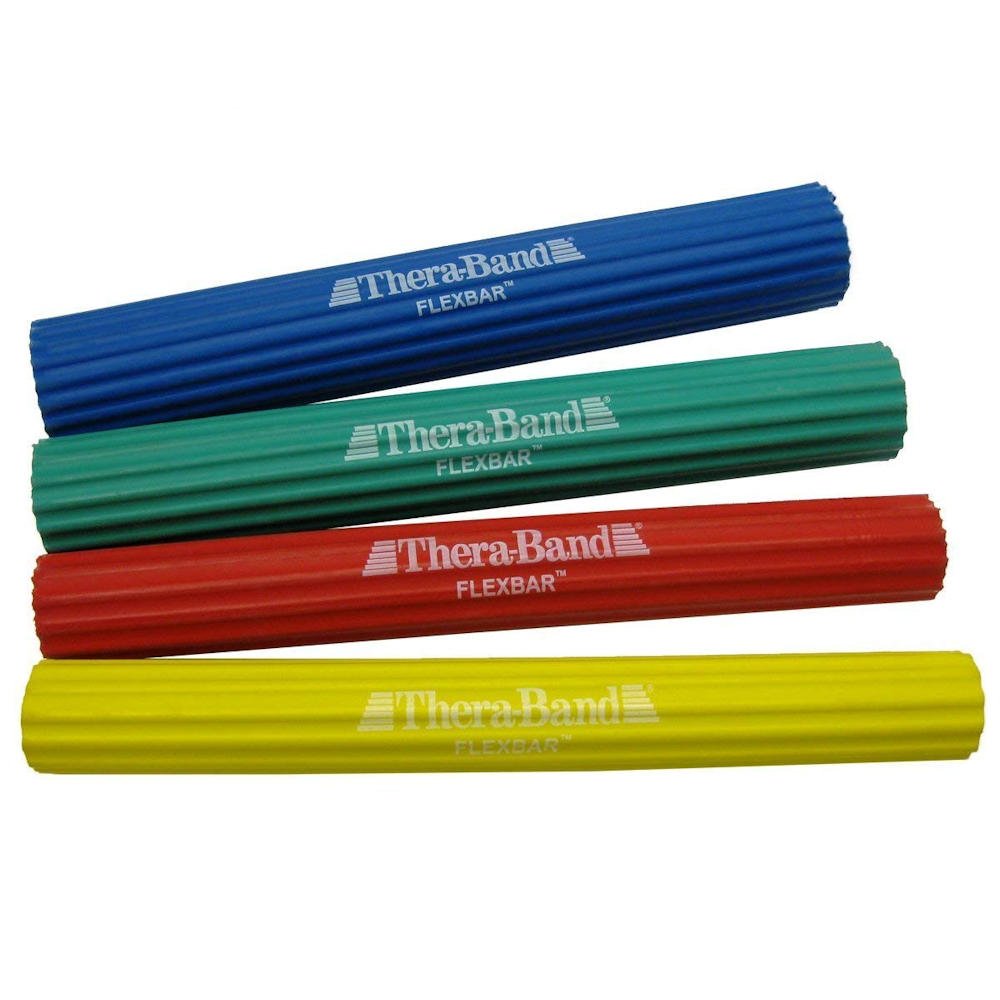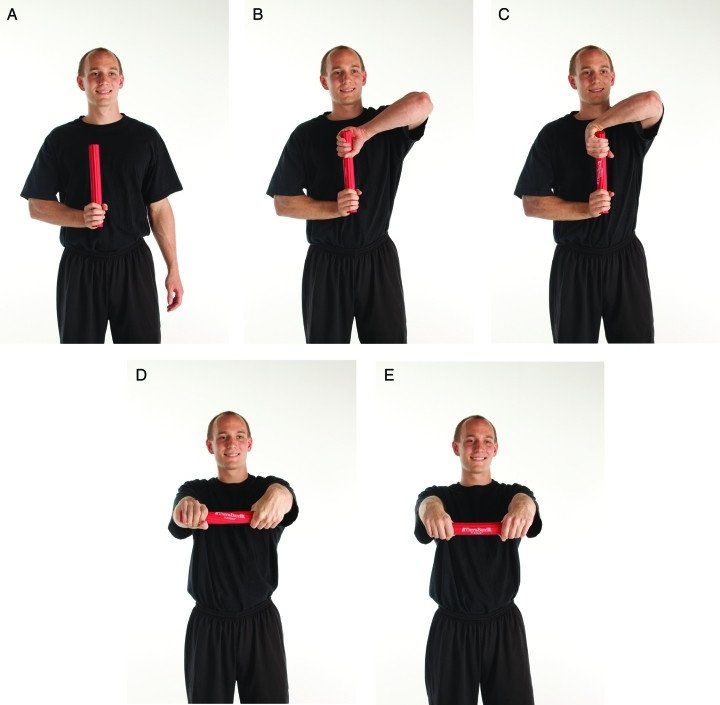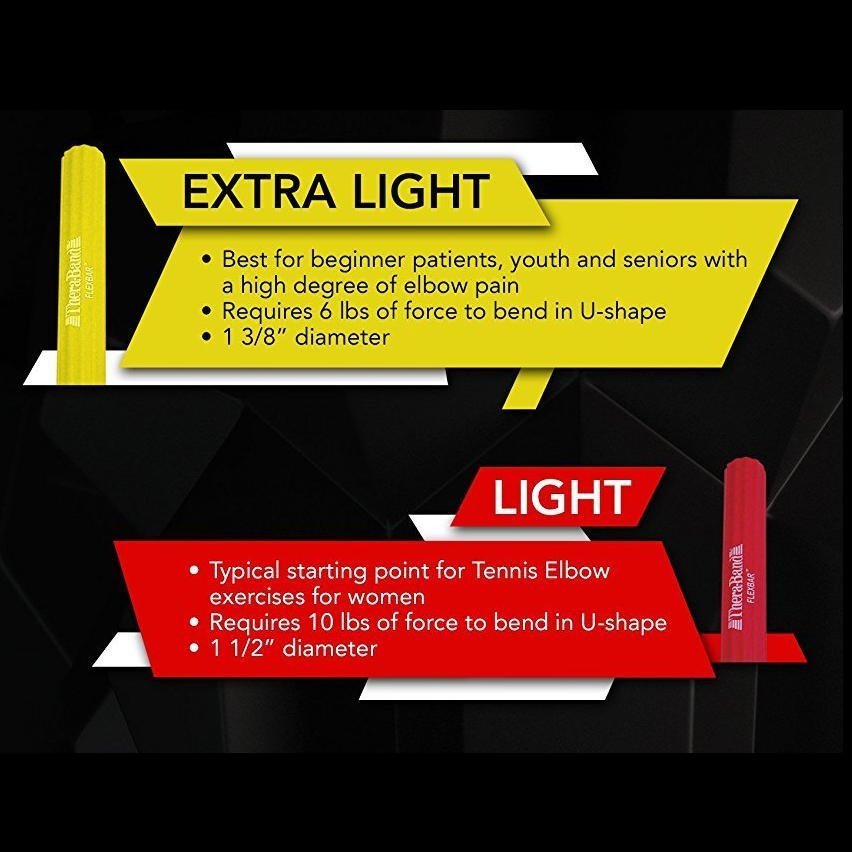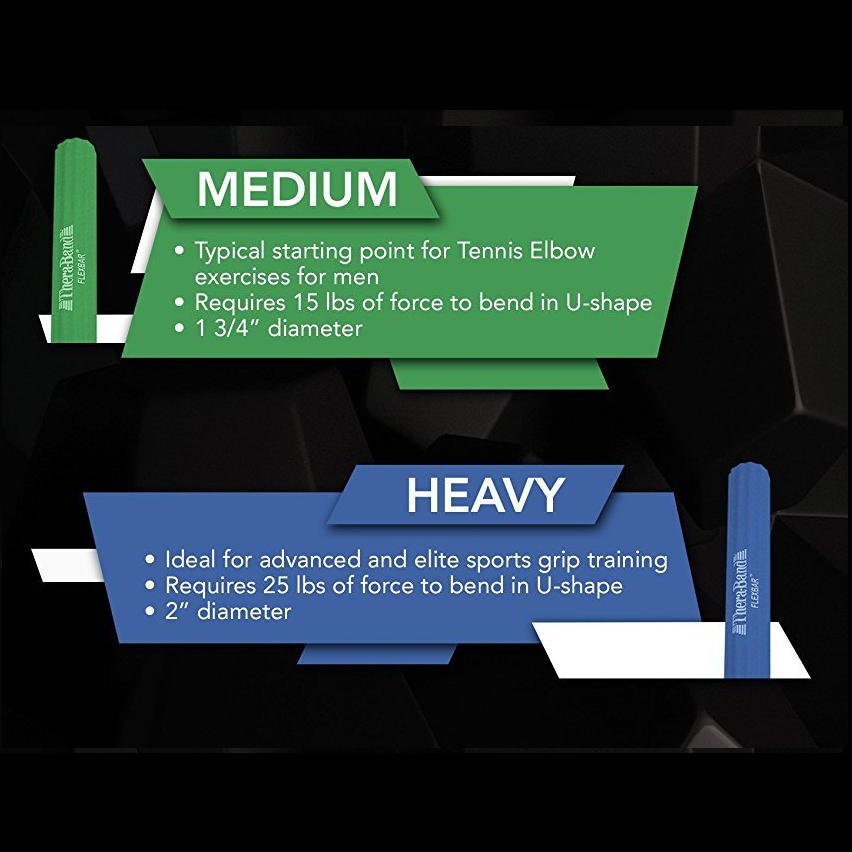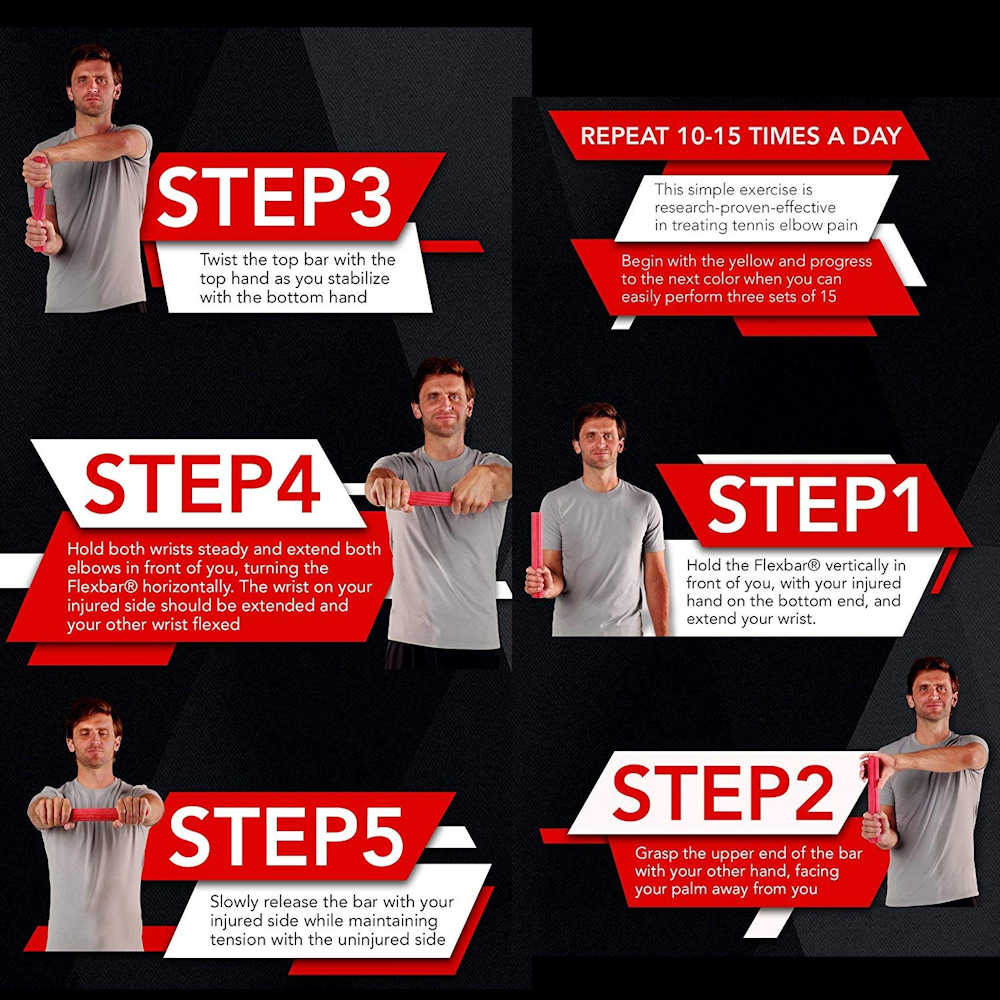Elbow Flexbar
$16.58
The elbow flexbar is clinically research proven to be effective in treating Tennis Elbow and Golfer’s Elbow.
Increasing levels of progressive difficulty. Made from dry natural rubber. Ridged design. Compact. Made in USA.
Prices & Offers Subject To Change
Elbow Flexbar Offers proven Relief From Tennis Elbow & Golfer’s Elbow
For those suffering from elbow pain, eccentric exercise using the elbow flexbar has proven benefits as a superior exercise to strengthen tendons and provide relief.
The elbow flexbar is a unique tool for eccentric exercise, which has been used effectively to conservatively manage tendinopathies in various areas of the body. Lateral epicondylosis is a common condition often called tennis elbow. An exercise was developed for home based eccentric elbow exercise that has shown benefits for those suffering elbow pain.
A 2010 study in the North American Journal of Sports Physical Therapy shows proven benefits for using the elbow flexbar. The intervention consists of specific motion using the bar that has progressive resistance for advancing levels.

It was shown that elbow pain was reduced by 81% and a 72% increase in tendon strength. It is an effective home treatment methods with no injections, surgery, costly therapy visits. If you are looking for solutions to elbow pain, the flexbar should be tried and works for both Tennis Elbow and Golfer’s Elbow.
Instructions: Please see the video section. It is a simple move, however, many do it incorrectly. I have an in depth video explaining details and common mistakes and this is very important for success. You basically hold the elbow flexbar in the painful arm hand (right) with no force, but hold the wrist in maximum extension at the bottom of the bar. Grab the top end with good hand (left). Twist with left wrist moving into flexion while maintaining the involved wrist in maximum extension. Move arms in front of body with elbows in extension (straight) while maintaining the twist by exerting twisting force with the left (noninvolved) wrist in full flexion and the right (involved) wrist in full extension. Slowly allow to untwist and let the involved (right) wrist to move into flexion.
In the study, the exercise was done for three sets of fifteen repetitions each day. Each repetition took four seconds to complete, with a thirty second rest between each set of fifteen. Once you can do three sets of fifteen, you can progress to the next color bar, allowing a higher eccentric resistance intensity. Continue until symptoms resolve, which averages seven weeks.
In the beginning, depending on your size, strength and symptoms; choose the lightest elbow flexbar to begin. It is best to learn the exercise without too much pressure. You can quickly progress to the next level, so I would order the lightest one for you and one or two higher.
Typically, this means the yellow to start and learn the movement correctly. Take some time, this is not a study, it is you personally. Progress to the next level only when you are confident you can do the movement correctly.
Yellow – Extra Light: 1 3/8 inch diameter with 6 pounds bending force. Beginners, seniors, youth, and for high levels of elbow pain.
Red – Light: 1 ½ inch diameter with 10 pounds of bending force. Typical beginning level for women.
Green – Medium: 1 ¾ inch diameter with 15 pounds of bending force. Typical beginning level for men, musicians, painters, and gardeners.
Blue – Heavy: 2 inch diameter with 25 pounds of bending force. Advanced sports grip training.
Videos
Simple Example
Detailed Instructions, Analysis, & Common Mistakes
Related products
-
 Sale!
Sale!

Elbow Compression Support
$19.95Original price was: $19.95.$16.95Current price is: $16.95. Place This Order on Amazon -
 Sale!
Sale!

Ergonomic Mouse Keyboard Pads
$20.97Original price was: $20.97.$11.59Current price is: $11.59. Place This Order on Amazon -
 Sale!
Sale!

Tennis Elbow Strap
$24.99Original price was: $24.99.$12.99Current price is: $12.99. Place This Order on Amazon
